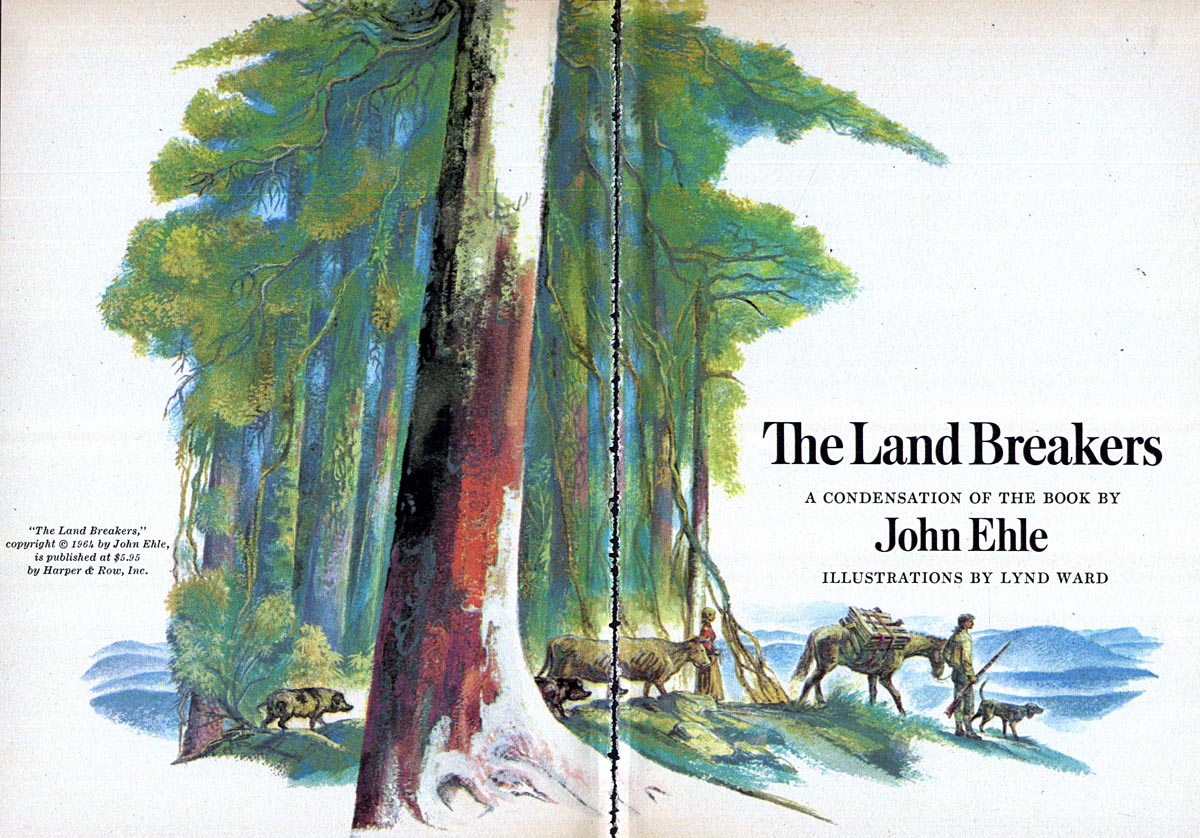
The 1957 volume contains a story which Ward illustrated in his more recognized pen and ink (or possibly even wood engraving) style... but the 1964 volume contains the story presented here. In this later story Ward worked in some other medium.
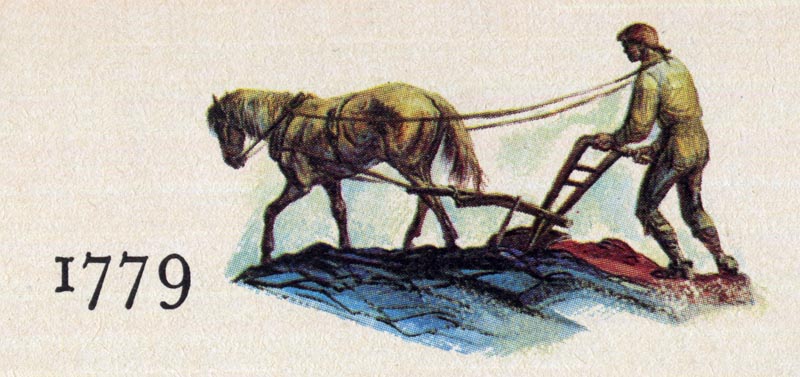
The inferior printing and poor paper quality used by RDCB at the time makes it difficult to speculate about what medium that was. However, its a great opportunity to examine the evolution of Lynd Ward's style and working methods.
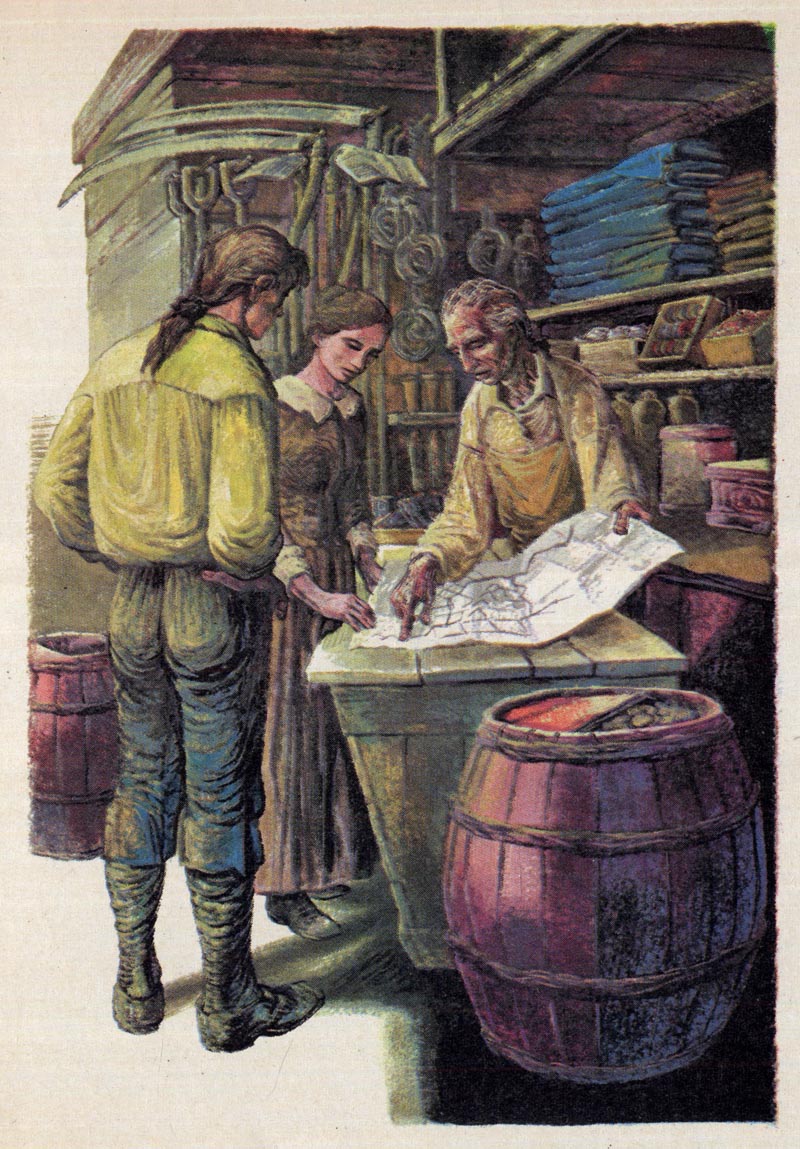
In a 1953 article in a magazine called The Instructor, Ward described how he would prepare to illustrate a book...
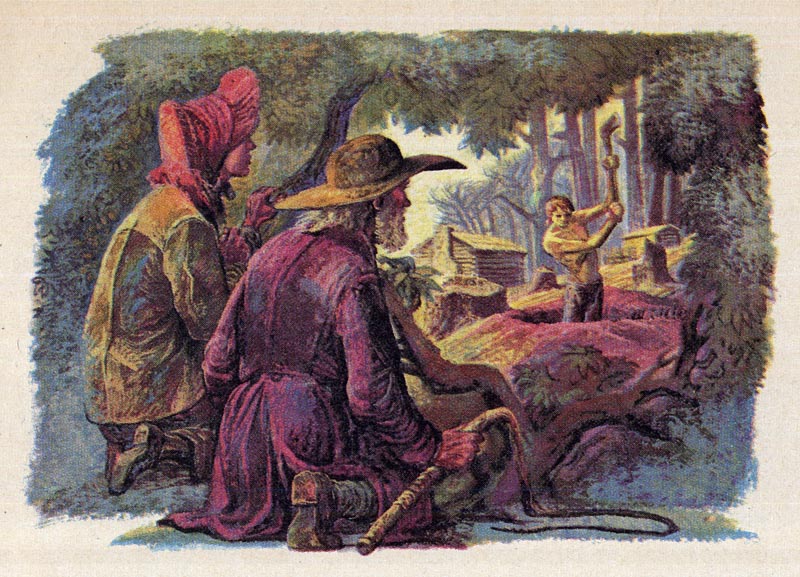
From the article:
When the artist first reads a manuscript for a book, a series of visual images begins to form in his mind. Since an artist thinks in images, he creates something like a "private little movie" that is projected in his head by the words from the manuscript.
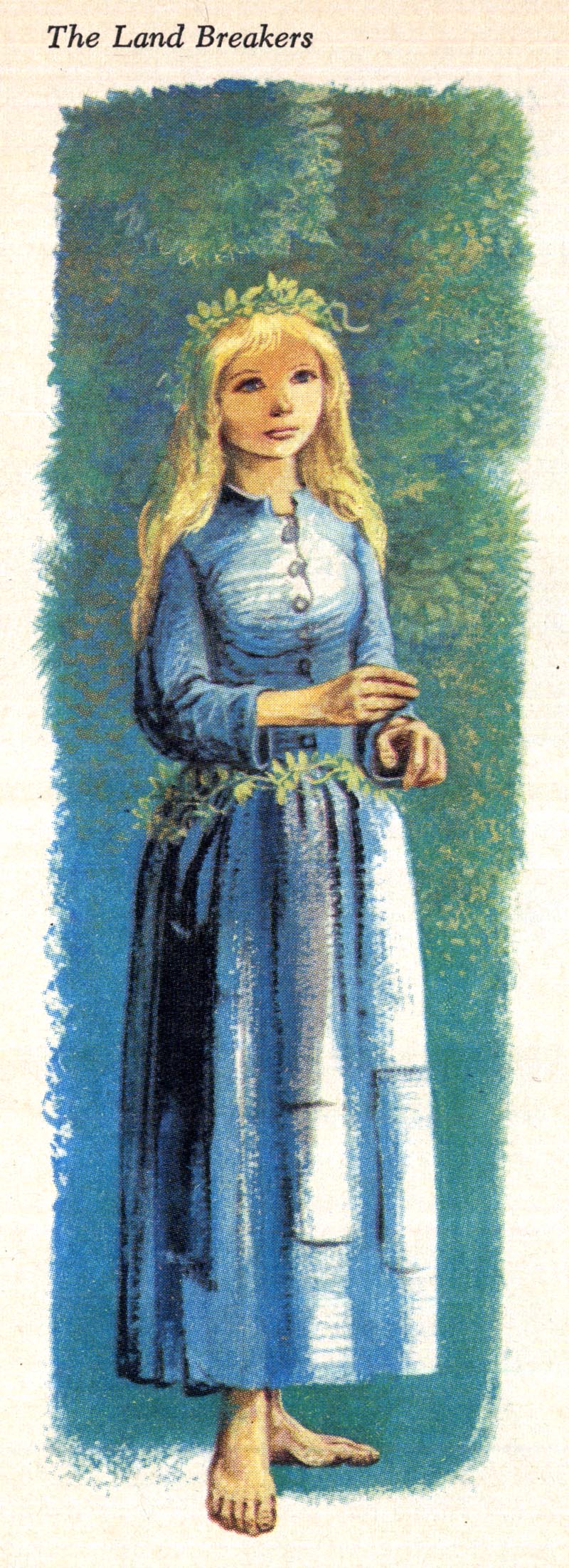
The illustrator begins to research the subject so he will be able to create an accurate portrayal. For a story on Martin Luther, he turned to the work of Albrecht Dürer and Lucas Cranach for period details and consulted books on costume, architecture and home furnishings of the period.

Once he feels he "knows" the subject, the artist can begin to plan out the illustrations on a number of pieces of paper, cut to the size specified by the publisher, making a rough layout of each page in the book from beginning to end. At this point he begins to revisit the mental pictures stored in his mind's eye since first receiving the manuscript, and making sketches of some of the most important ones, placing the pages where they belong in the sequence of the story.
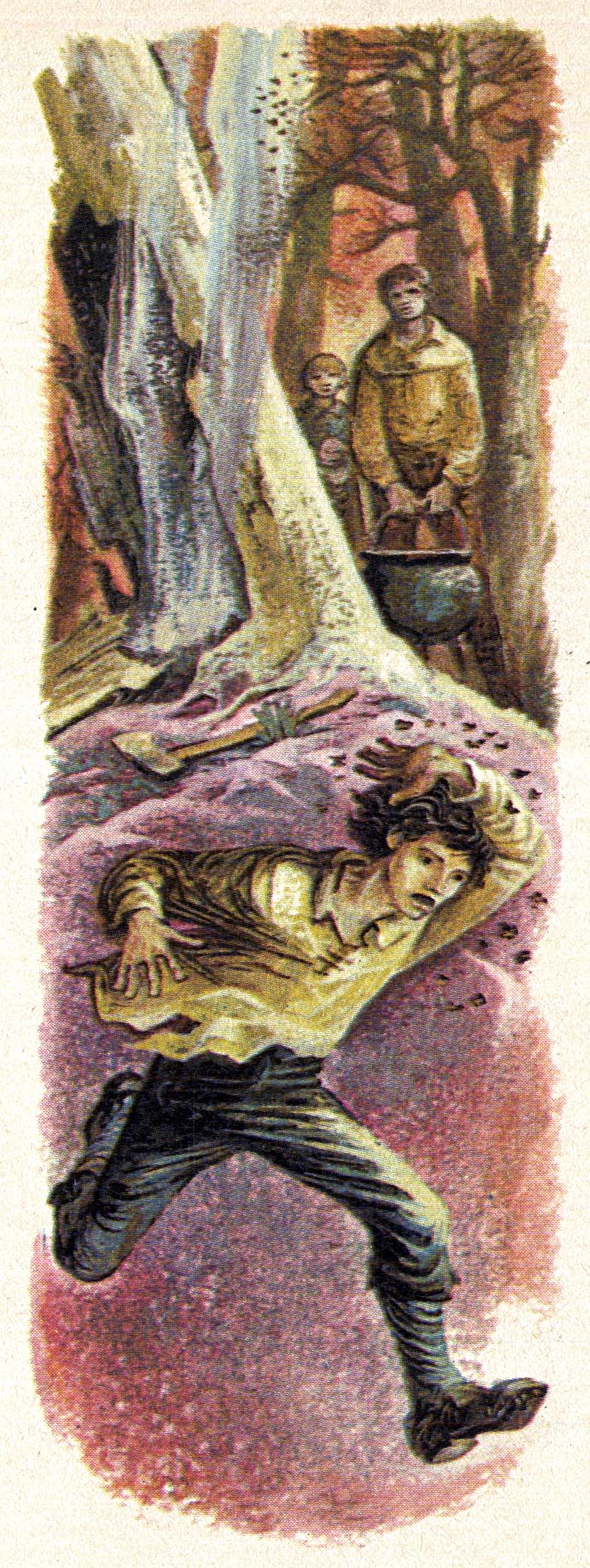
During this stage, he is concerned with showing the development of the main character, and planning the key pages with color illustrations and how certain colors might affect the emotional impact of the story. The final step is to work out each of the rough sketches using watercolor, ink or whatever medium seems best suited to the reproduction process selected by the publisher.

In Lynd Ward's own words:
"My own method in color work is to make a fairly loose pencil drawing on the paper or illustration board, to block in the position of the main figures and background elements, and indicate the way the area is divided between the important units of the picture. Then I brush in the main colors fairly quickly so that the over-all effect is indicated in a general way right at the start."
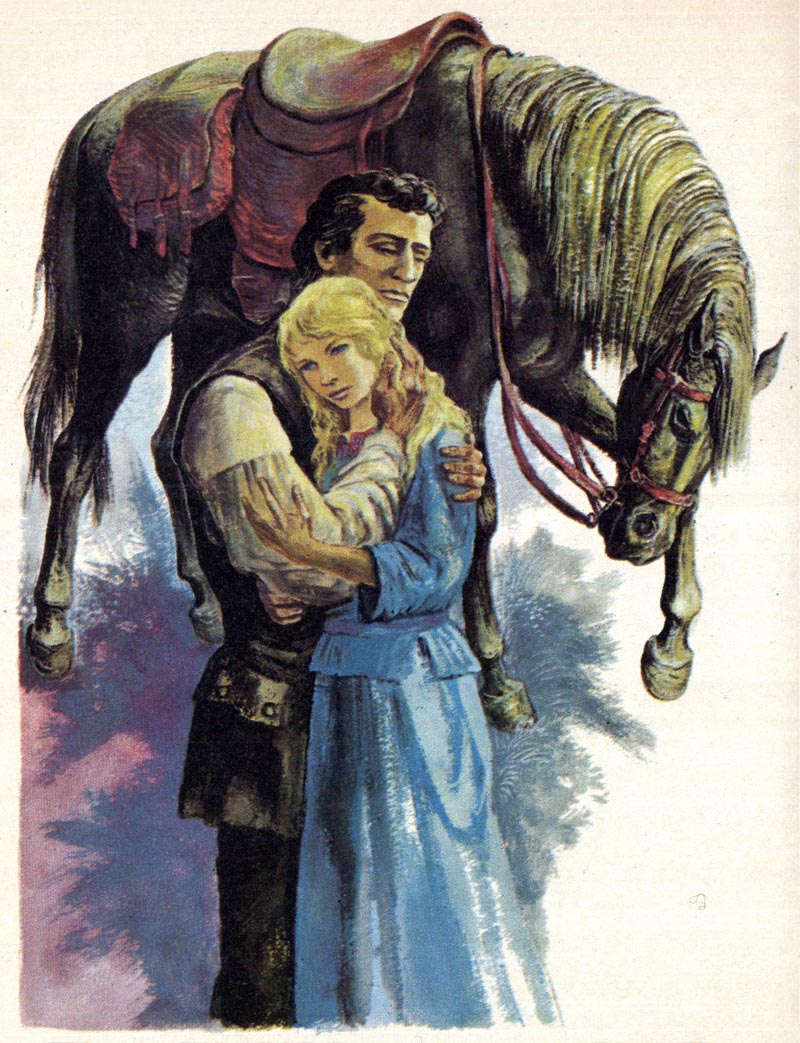
"I find that this gives me not only a much better feeling about the picture from the very beginning but also enables me to change and adjust specific colors as I go along. A yellow, for example, that seems all right just on the white paper by itself, may have to be changed quite a bit if it appears later against a large area of the sky."
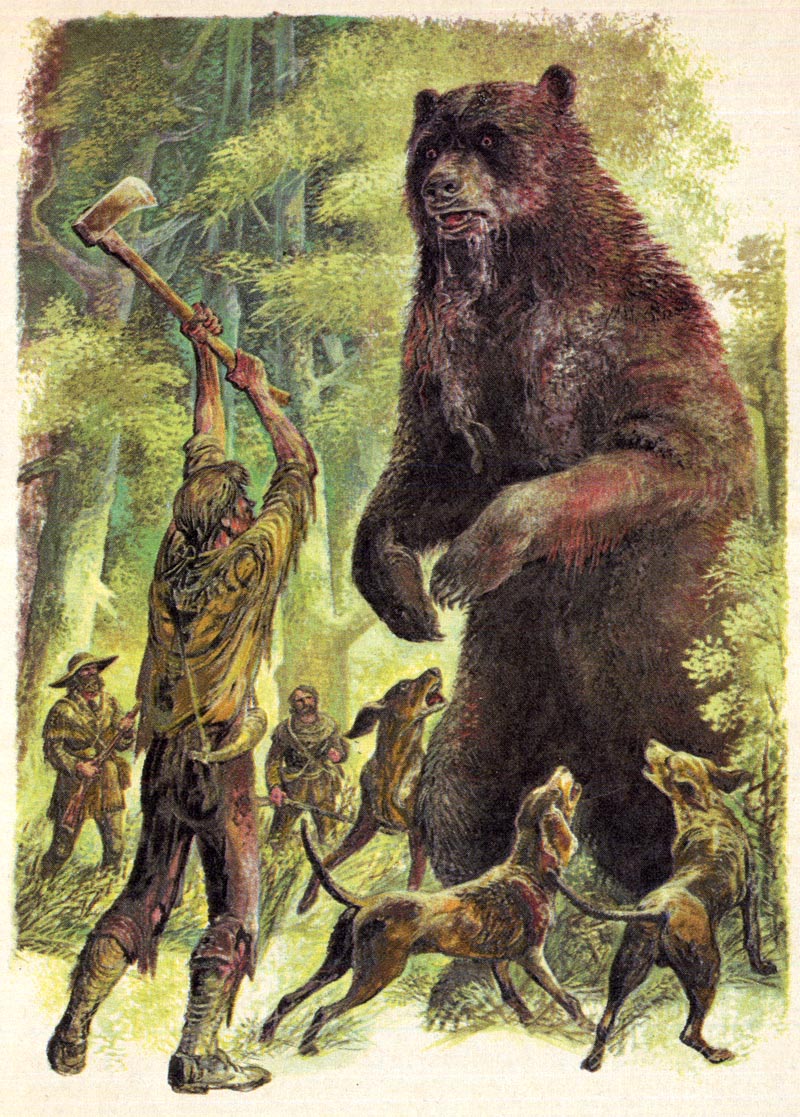
"So, by working from large areas down to smaller, and by saving details until the last... "
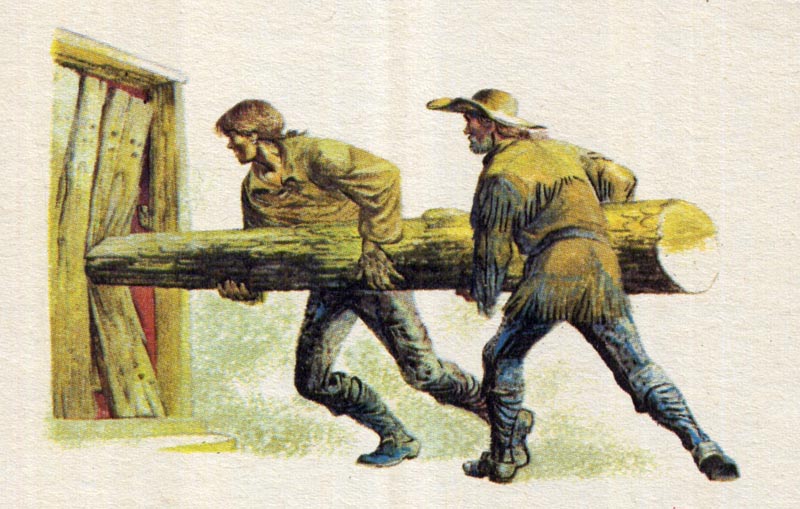
"... you finally end up with a finished picture. When you have in this way finished all the pictures that were planned in that early rough form, when you have wrapped them up and sent them to the publisher, and when he, in turn, has had them reproduced, and printed in their proper places with words all neatly set in type, then you have a book. And that is what you started working for."
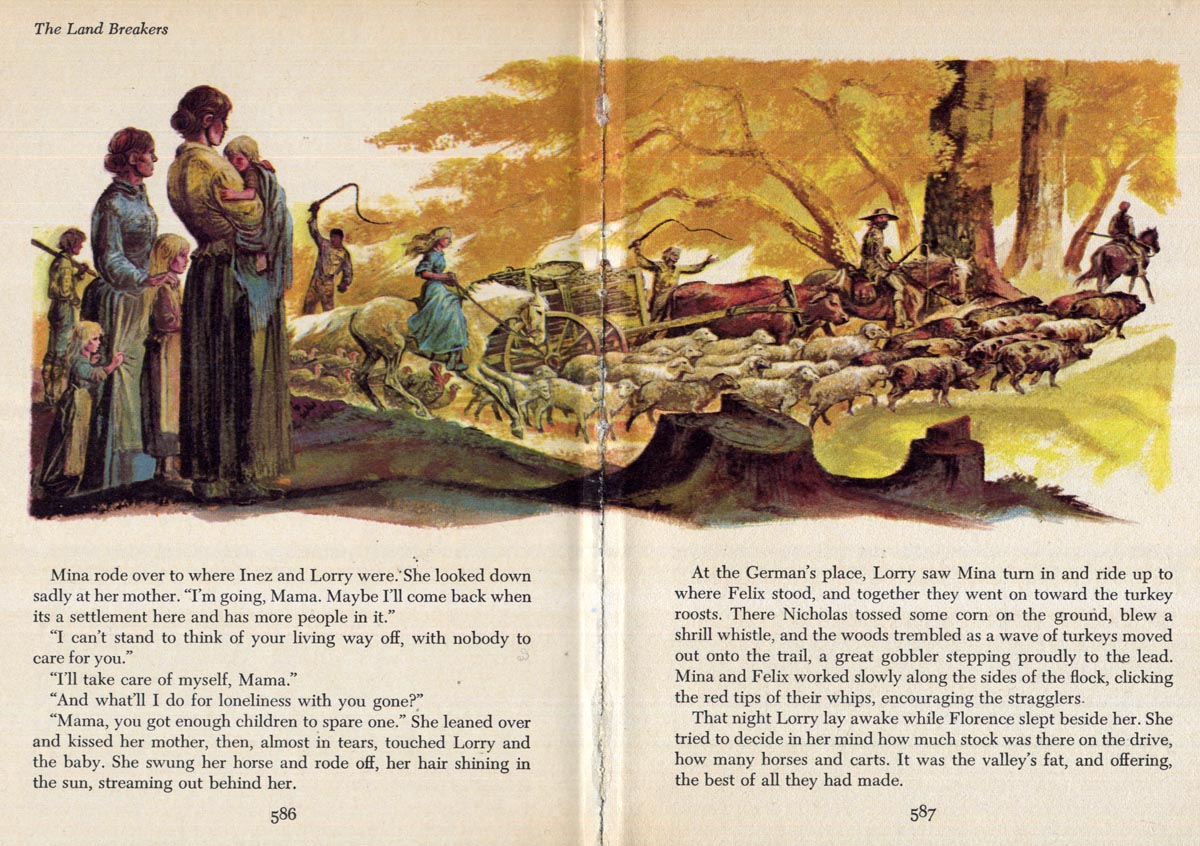
* This information came from the Georgetown University Art Collection website, where you'll find a Lynd Ward homepage containing a biography of the artist and a number of (small) illustration scans.






0 comments:
Post a Comment